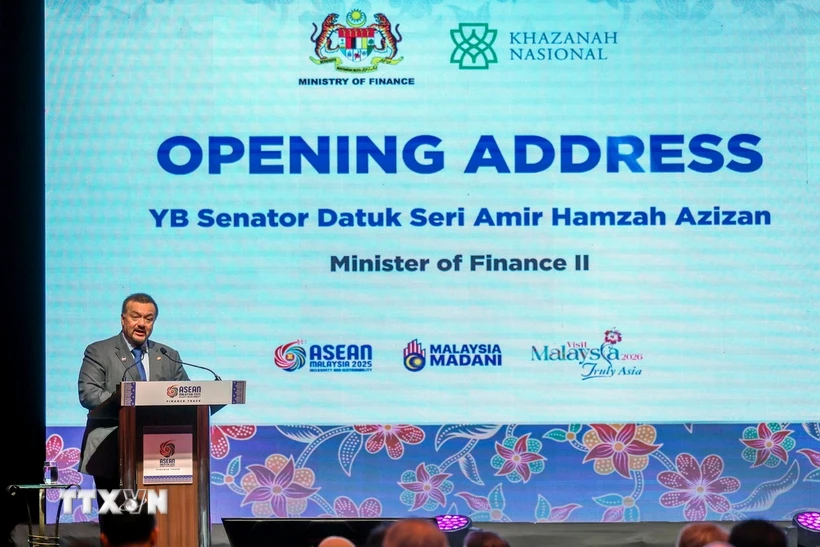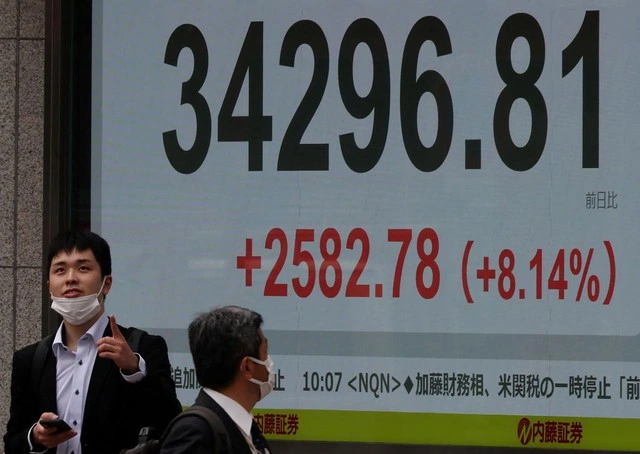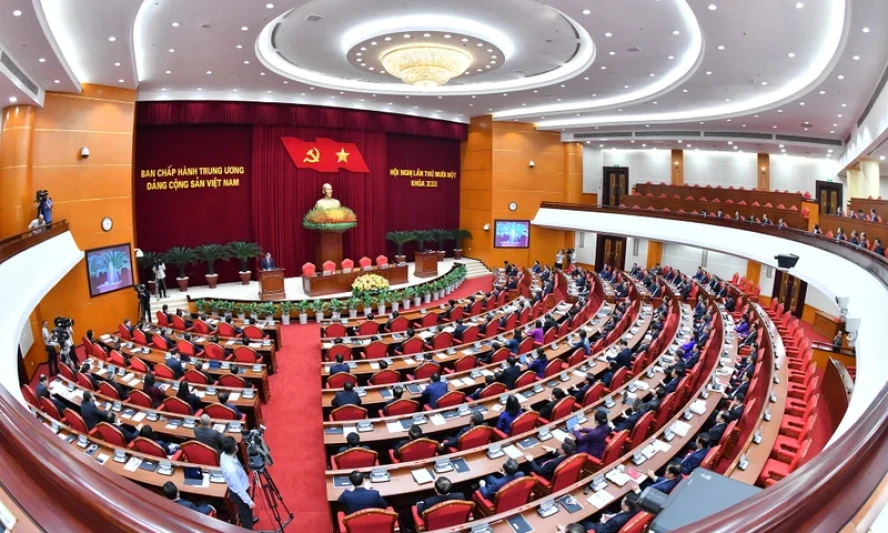Cooling inflation over the past few months has allowed most central banks in emerging East Asia to delay raising interest rates, and some have begun cutting them to boost economic growth.
However, rising price pressures, a solid job market and strong economic growth in the US could prompt the US Federal Reserve (Fed) to raise interest rates further, according to the latest edition of the Asia Bond Monitor published on September 11.
Emerging East Asia includes the member economies of the Association of Southeast Asian Nations (ASEAN), China, including Hong Kong, and South Korea.
According to the report, economic conditions in most emerging East Asian markets improved during the period from June 1 to August 31, thanks to a shift away from recent interest rate hikes, coupled with solid economic fundamentals.

Mr. Albert Park, Chief Economist of the Asian Development Bank ADB.
Positive investor sentiment in regional markets has contributed to lower risk premiums, a recovery in equity markets and net portfolio inflows into bond markets. However, in China, a gloomy economic outlook continues to weigh on domestic financial markets.
Meanwhile, interest rates in the region remain stubbornly high. Higher borrowing costs have been one of the factors behind the debt stress and bond defaults in several Asian markets in recent months.
“Asia’s banking sector has shown resilience during the recent banking turmoil in the United States and Europe, but we have seen weaknesses and defaults among borrowers in both the public and private sectors,” said Albert Park, ADB chief economist.
Higher borrowing costs are a challenge, especially for borrowers with weak governance and balance sheets, Park said.
Emerging East Asia’s total local currency bond stock rose 2.0% in the three months to June to $23.1 trillion. The increase in both government and corporate bonds slowed from the previous quarter. Many governments increased bond issuance in Q1 2023, while both government and corporate sectors had sizable maturities in most markets.
Sustainable bonds in ASEAN, China, Japan and Korea (ASEAN+3) grew 5.1% quarter-on-quarter to US$694.4 billion, accounting for 19.1% of the global sustainable bond market. ASEAN+3 remains the world’s second-largest regional sustainable bond market after the European Union, although the segment accounts for just 1.9% of the group’s total bond market .
Source



![[Photo] Overcoming all difficulties, speeding up construction progress of Hoa Binh Hydropower Plant Expansion Project](https://vstatic.vietnam.vn/vietnam/resource/IMAGE/2025/4/12/bff04b551e98484c84d74c8faa3526e0)


![[Photo] Closing of the 11th Conference of the 13th Central Committee of the Communist Party of Vietnam](https://vstatic.vietnam.vn/vietnam/resource/IMAGE/2025/4/12/114b57fe6e9b4814a5ddfacf6dfe5b7f)
























































































Comment (0)